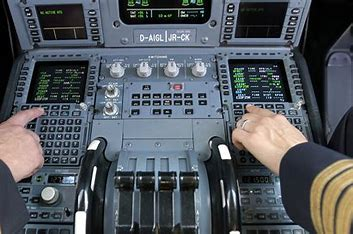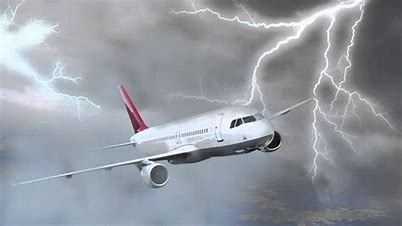
Aircraft Engine Fire Extinguishing System According to 14 CFR part 23, commuter aircraft must have at least one shoot fire extinguishing system, and 14 CFR part 25, transport aircraft must have two discharges (Guide. 2022). Extinguishers must produce the correct concentration for each discharge. If the engine is on fire, the fire detection system will detect a fire in the engine and give an alarm. The engine fire warning light will come on, which means there is a fire in one of the engines. When the pilot pulls the T handle, the fire extinguishing system will be activated. At this point the engine will stop, the flow of fuel to the engine will be cut off to prevent ignition, the generator field relay is tripped, hydraulic fluid is shut off to the pump, the engine bleed air is shut off, and the hydraulic pump low-pressure lights are closed, closed the hydraulic pump isolation valve, disarm the engine thrust reverser, and arm the fire extinguishant disc...


